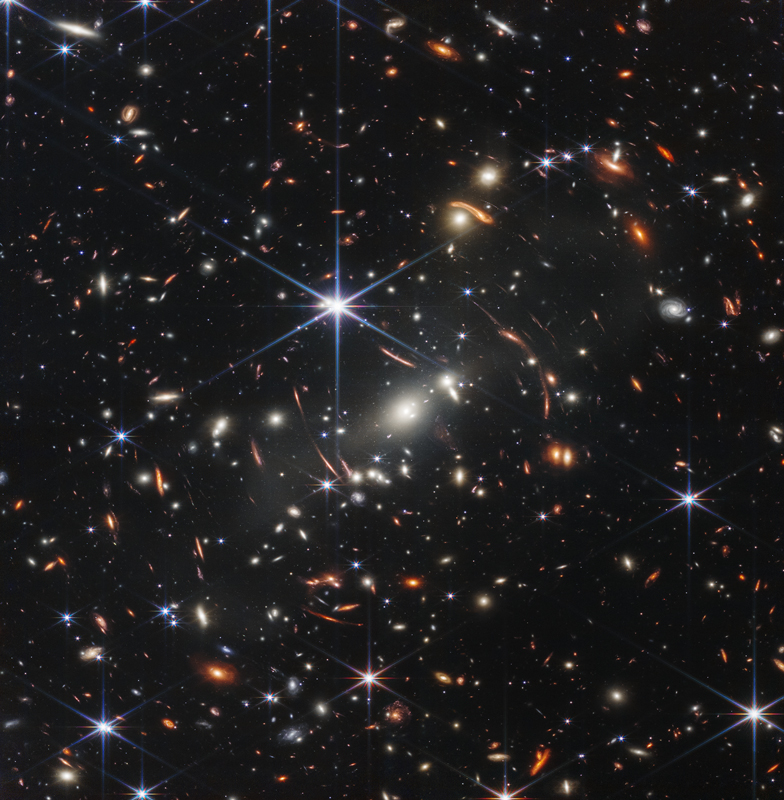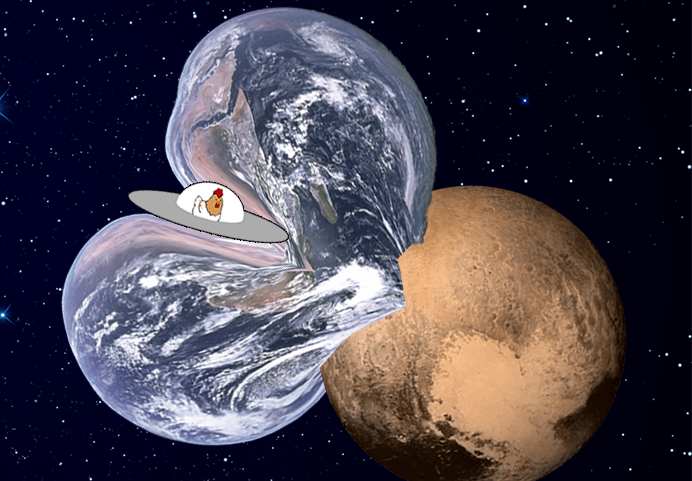There are always new discoveries, missions, and things to learn in our universe.
Check back here for articles, answers to visitor-submitted questions, tips for skywatching, and more!
To get content like this sent directly to your inbox you can also sign up for our newsletter!
Annular Solar Eclipse - October 14, 2023
Solar eclipses are a spectacular sight—the obscuring of sunlight when the Moon passes between the Earth and the Sun, casting its shadow on our planet. A couple of things must happen simultaneously for a solar eclipse to occur. They can only take place during a new moon when the Moon is between the Sun and the Earth. The Moon must also be located in the same plane as the Sun, occurring twice each year since the lunar orbital plane is tilted 5 degrees relative to the plane in which the Earth and Sun orbit, known as the ecliptic plane. When both of these conditions are met, you get a solar eclipse! Still, there are various types of solar eclipses depending on the position of the Moon and how much sunlight it blocks.
[ READ MORE ]

The First Images from the Webb Telescope
Last week, NASA released the first ever images of the James Webb Space Telescope (JWST).
These spectacular visuals are historical in space science as they show the universe in never before seen detail.
NASA’s James Webb Space Telescope has produced the deepest and sharpest infrared image of the distant universe to date. Known as Webb’s First Deep Field, this image of galaxy cluster SMACS 0723 is overflowing with detail.
Thousands of galaxies – including the faintest objects ever observed in the infrared – have appeared in Webb’s view for the first time. This slice of the vast universe covers a patch of sky approximately the size of a grain of sand held at arm’s length by someone on the ground.

Rebecca, Age 29 • Costa Mesa
June 1, 2021
On its surface, this may seem like a pretty simple question, if not a little silly. I could easily say that the average chicken is about 40-50 cm (about 16-20 inches) tall and the average surface-to-surface distance to the Moon is 376,847 km (about 234162 mi), so you could fit approximately 837,437,778 chickens between the Earth and the Moon.
However, that doesn't address any of the real-life challenges of getting to the moon if you are restricted to chicken-based locomotion, but provides us with an opportunity to show just how mind-numbingly far apart things in space are.

Moana, Age 6 • Costa Mesa
July 1, 2021
Pluto is much smaller than any other planet in our solar system. Even our moon would be too big to fit inside Pluto! In fact, if you rolled Pluto out flat, it would only have slightly more surface area than Russia. So, the short answer is no, the Earth would not fit inside Pluto. But what if we tried anyway?
